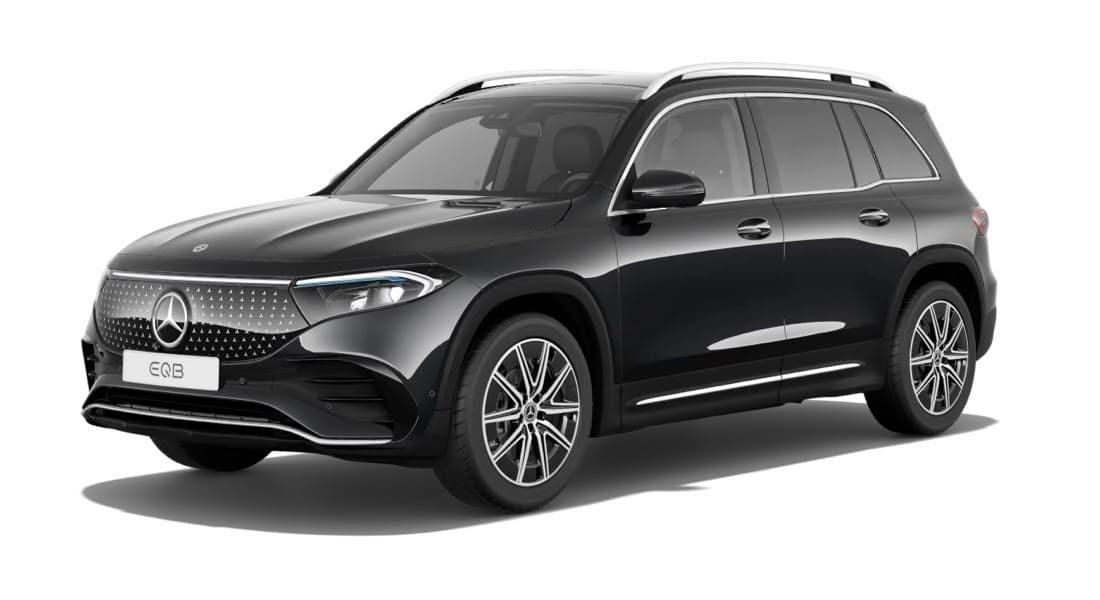Mercedes-Benz EQB

Price Range
$100,900 - $104,715
Range (WLTP)
360 - 463 km
Battery Size
69.7 - 73.9 kWh
Variants
Performance
0-100 km/h
8.9 sTotal Power
140 kWTorque
385 NmTop Speed
160 km/hDrive
FWDRange & Efficiency
WLTP Range
463 kmWLTP Consumption
175 Wh/kmHighway Range
361 kmYour Real Range
Calculate Battery & Charging
Battery (nominal)
73.9 kWhBattery (usable)
70.5 kWhBattery type
UnknownAC Charging
11 kWDC Charging
100 kWVehicle-to-Load (V2L)
NoDimensions & Weight
Length
4684 mmWidth
1834 mmHeight
1673 mmGround Clearance
185 mmWeight
2102 kgShape
Medium SUVSeats
7Storage & Towing
Boot Space
495 LBoot Space (Max)
1710 LFrunk
—Towing (Braked)
—Towing (Unbraked)
—How many Mercedes-Benz EQB have been sold in NZ?
There have been 111 registered to date (including 4 used imports).
Mercedes-Benz EQB registrations
Monthly units (includes new and used import)
